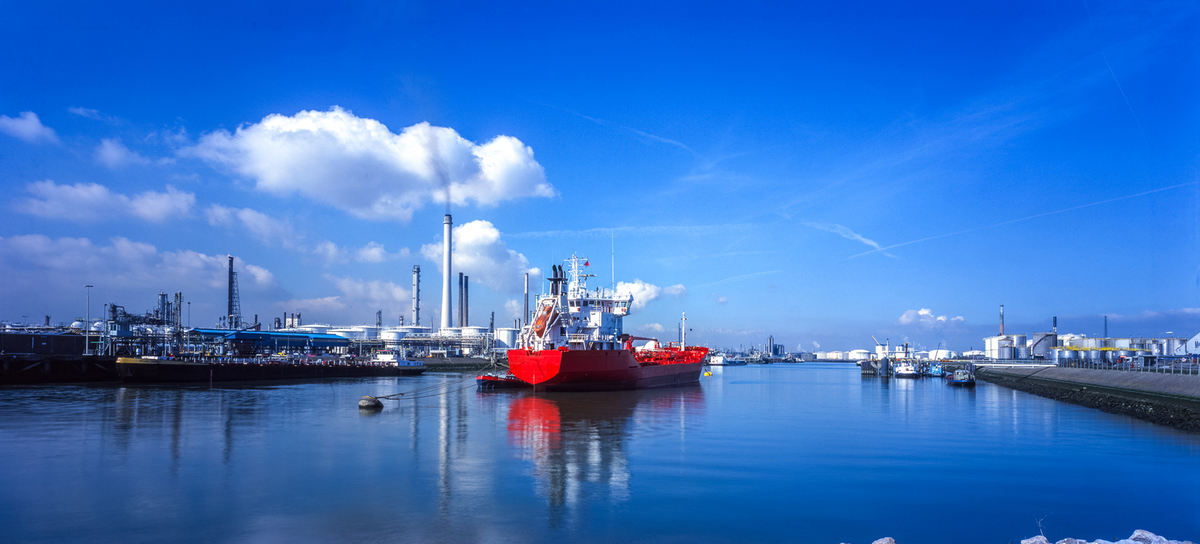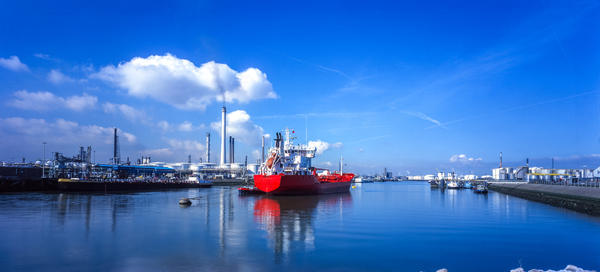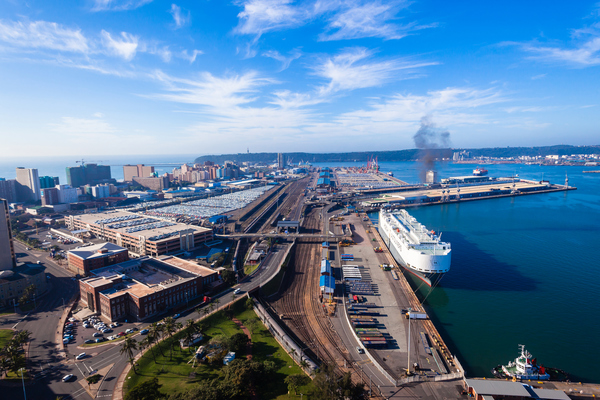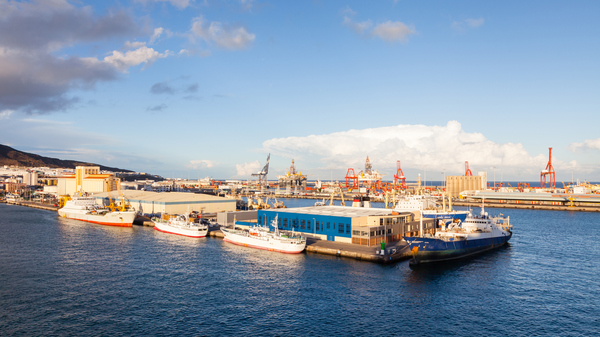Europe & Africa Market Update 4 Nov 2025
Benchmark bunker prices have moved in mixed directions in European and African ports, while prompt supplies remain tight in the ARA hub.
 IMAGE: View of the entrance to the Port of Rotterdam, Netherlands. Getty Images
IMAGE: View of the entrance to the Port of Rotterdam, Netherlands. Getty Images
Changes on the day to 09.00 GMT today:
- VLSFO prices up in Rotterdam ($4/mt), and down in Durban ($26/mt) and Gibraltar ($4/mt)
- LSMGO prices up in Rotterdam ($14/mt), and down in Gibraltar ($12/mt)
- HSFO prices unchanged in Rotterdam and Gibraltar, and down in Durban ($2/mt)
- Rotterdam B30-VLSFO premium over VLSFO down by $3/mt to $263/mt
- Gibraltar B30-VLSFO premium over VLSFO up by $9/mt to $340/mt
Durban’s VLSFO price has plunged over the past day, likely pressured by a lower-priced 150-500 mt stem fixed at $525/mt. In comparison, HSFO prices have eased only slightly, cutting the South African port’s Hi5 spread by half to $24/mt from $48/mt the previous day.
Rotterdam’s LSMGO price has surged, possibly supported by a higher-priced 150-500 mt stem fixed at $731/mt. On the other hand, Gibraltar’s LSMGO price has fallen significantly, slicing Gibraltar’s price premium by $26/mt in a single day.
Prompt fuel supplies are tight in the ARA hub, with buyers advised to enquire around 5-7 days in advance for delivery of any fuel grade, a trader told ENGINE.
At Antwerp, inbound traffic was temporarily suspended this morning due to operational issues, but has now resumed, shipping agent VertomCory told ENGINE. This may have led to an increase in queues at Antwerp, causing some delays in bunkering.
Brent
The front-month ICE Brent contract has lost by $0.55/bbl on the day, to trade at $64.11/bbl at 09.00 GMT.
Upward pressure:
Energy-related sanctions on Russia have provided some upward pressure on Brent’s price in recent days.
Last month, the US Department of the Treasury’s Office of Foreign Assets Control (OFAC) targeted Rosneft and Lukoil, including a total of 34 subsidiaries belonging to both companies.
Both companies export around a combined 3 million b/d of crude oil, or about “55% of Russia’s crude and condensate supply,” according to ANZ Bank’s senior commodity strategist Daniel Hynes.
The move came one week after UK targeted the same companies, 44 shadow fleet vessels and Indo-Russian oil refiner Nayara Energy, along with a ban on oil products made from Russian crude in third countries.
Downward pressure:
Eight members of the OPEC+ coalition have agreed to raise their combined output by another 137,000 b/d in December – the eighth straight month of planned production hikes.
The decision has put downward pressure on Brent’s price, as signals of further supply additions typically pressure the market in an already oversupplied environment.
“OPEC is aware of the impact its rising output will have on the market,” Hynes said.
Besides, concerns over oil demand growth have capped Brent’s price today. The Manufacturing Purchasing Managers' Index (PMI) reading in the US and China – the world’s biggest oil consumers – came in at 48.7% and 49% respectively in October.
A PMI reading below 50 indicates a contraction in manufacturing activity — a key gauge of economic health that underscores market concerns over weaker industrial output, which could weigh on oil demand through the rest of the year.
By Nachiket Tekawade and Aparupa Mazumder
Please get in touch with comments or additional info to news@engine.online

Contact our Experts
With 50+ traders in 12 offices around the world, our team is available 24/7 to support you in your energy procurement needs.




